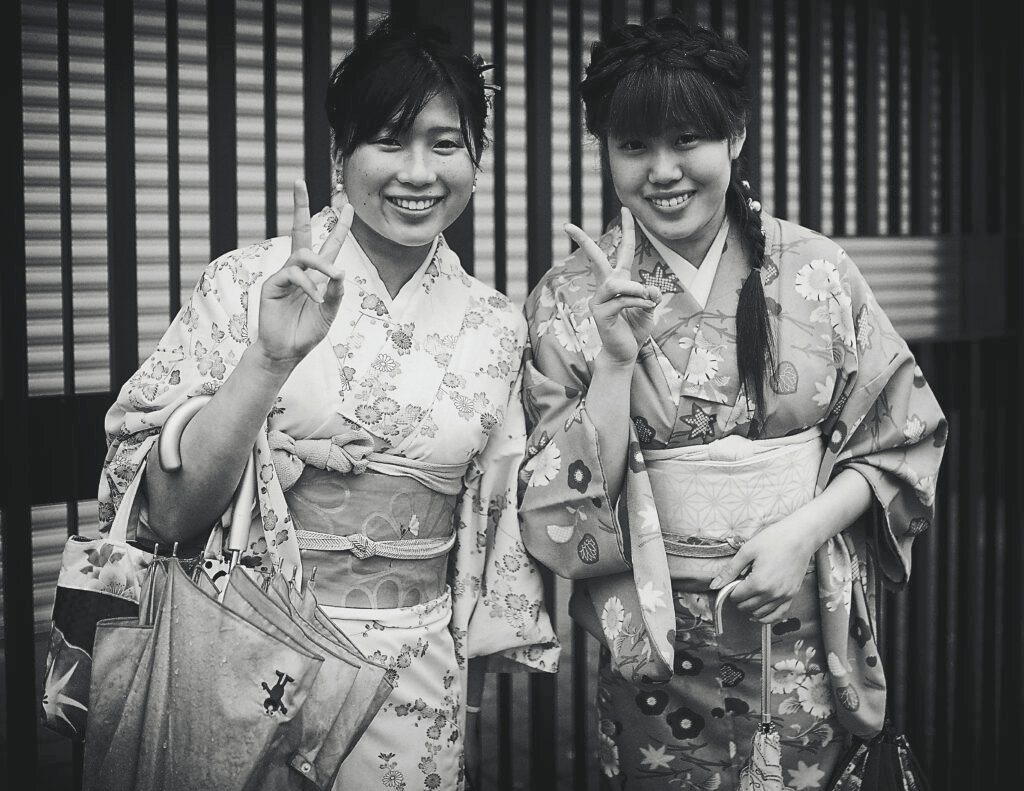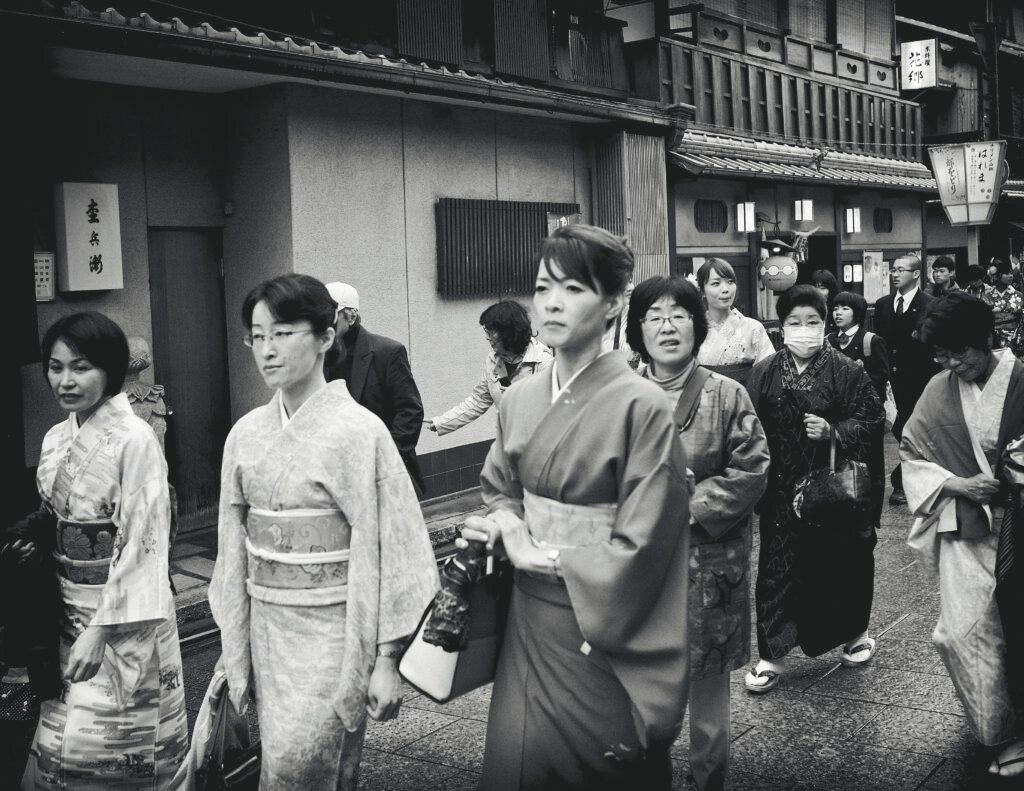
Japanese women wearing kimono represent a cultural icon deeply rooted in Japan’s history, traditions, and aesthetics. The kimono is a traditional Japanese garment known for its elegant silhouette, exquisite craftsmanship, and rich symbolism. It is often associated with special occasions, ceremonies, and cultural events, such as weddings, tea ceremonies, festivals, and coming-of-age ceremonies. Wearing a kimono requires skill and expertise, as it involves intricate folding, tying, and draping techniques. Traditional Japanese women often learn how to dress in kimono from a young age, and there are specialized schools and instructors who teach the art of kimono dressing.
In recent years, there has been a revival of interest in kimono culture among younger generations in Japan. Some women, particularly enthusiasts of traditional Japanese culture, have embraced kimono as a form of self-expression and fashion statement. There are also modern adaptations of kimono, such as casual kimono-inspired clothing and accessories, aimed at making kimono more accessible and wearable for everyday use. Kimono are considered an important part of Japan’s cultural heritage and are recognized as such by UNESCO. The craftsmanship and artistry involved in creating kimono, as well as the rituals associated with wearing them, reflect Japan’s long history of craftsmanship, attention to detail, and appreciation for beauty.
Overall, Japanese women wearing kimono embody a timeless elegance and reverence for tradition, while also reflecting the evolving cultural landscape of modern Japan. Whether worn for special occasions or as a personal expression of cultural identity, kimono continue to hold a special place in Japanese society and serve as a symbol of the country’s rich cultural heritage.
